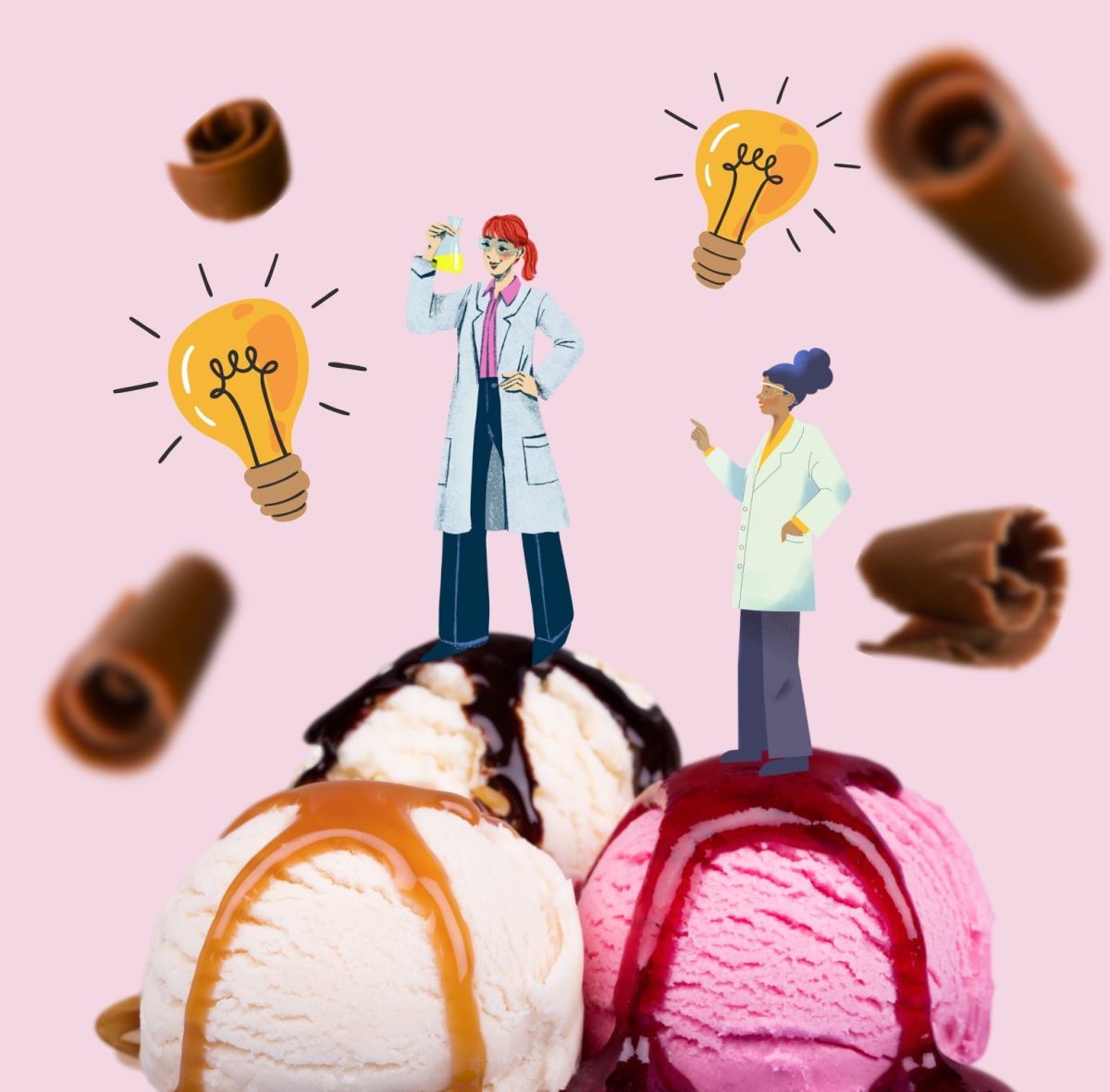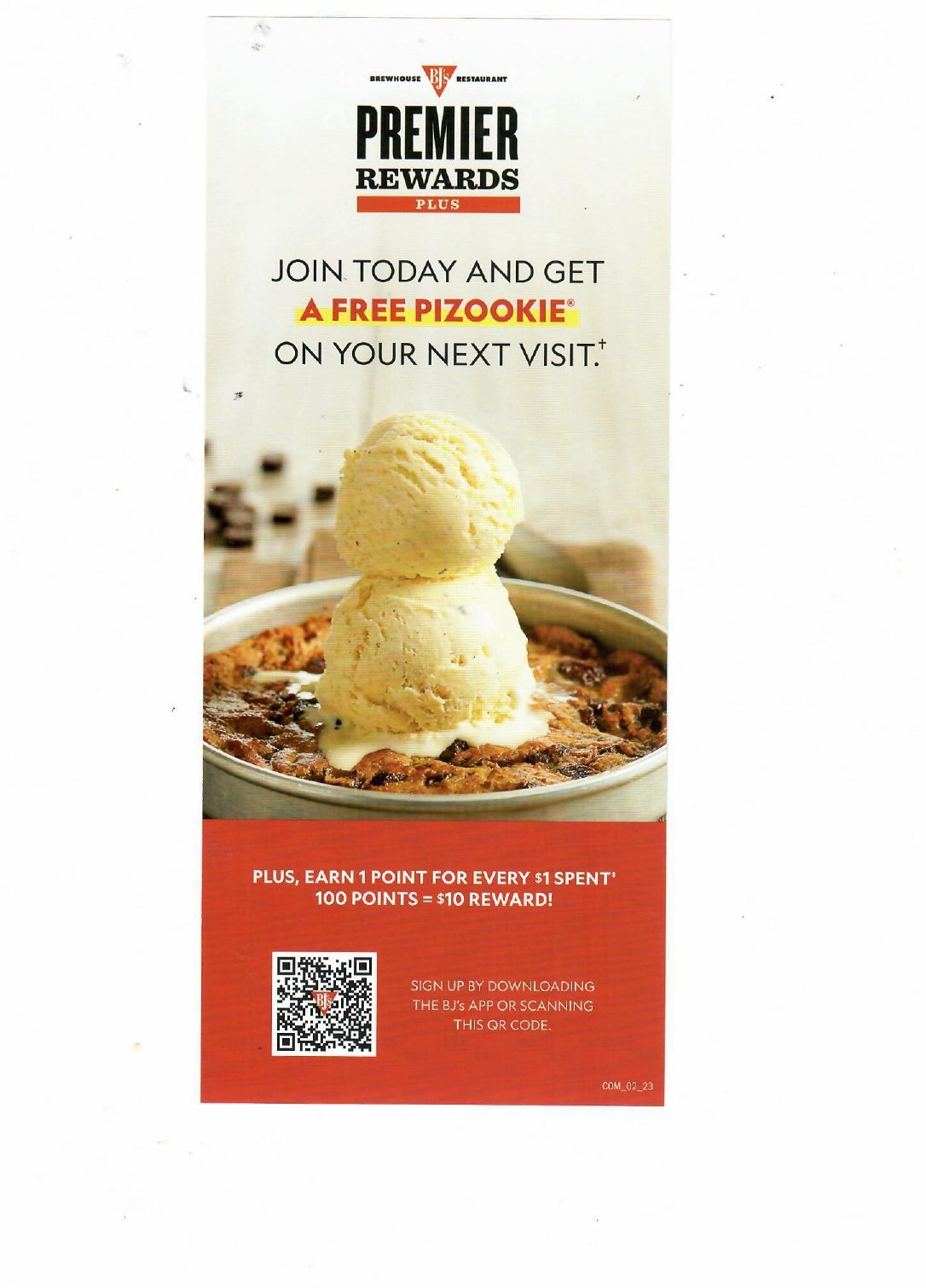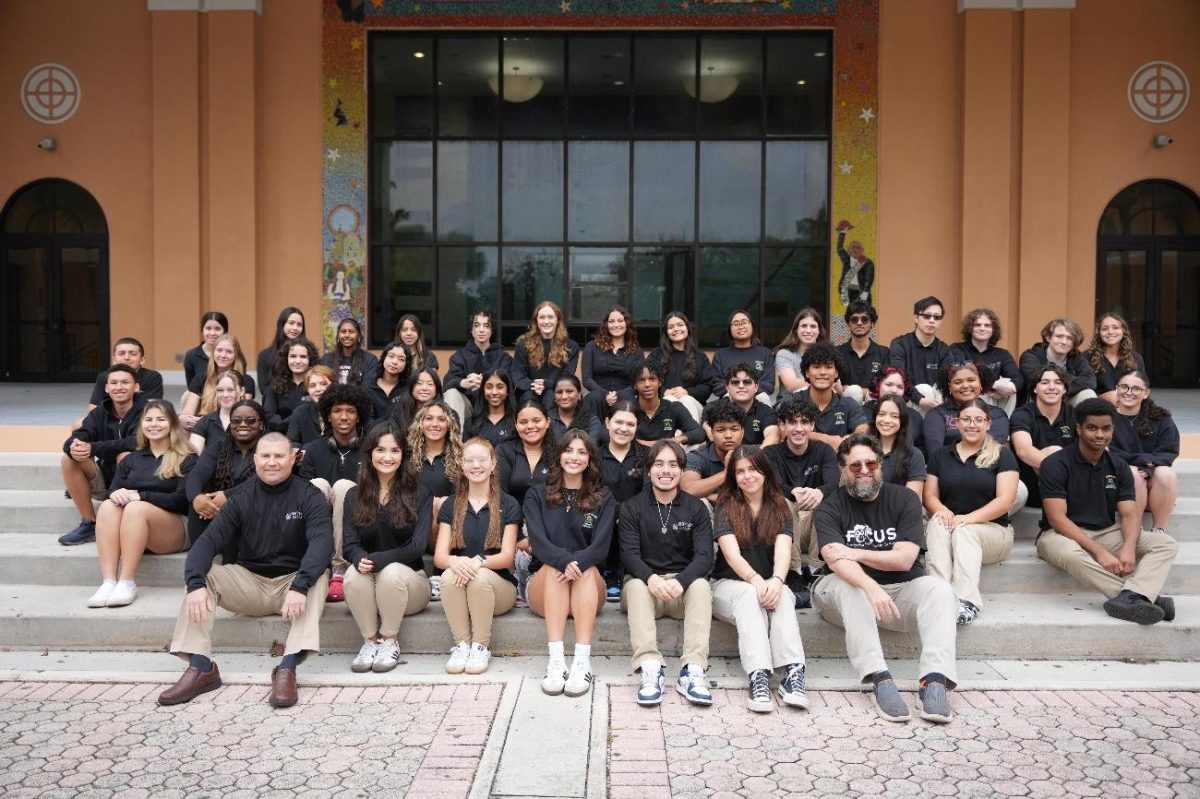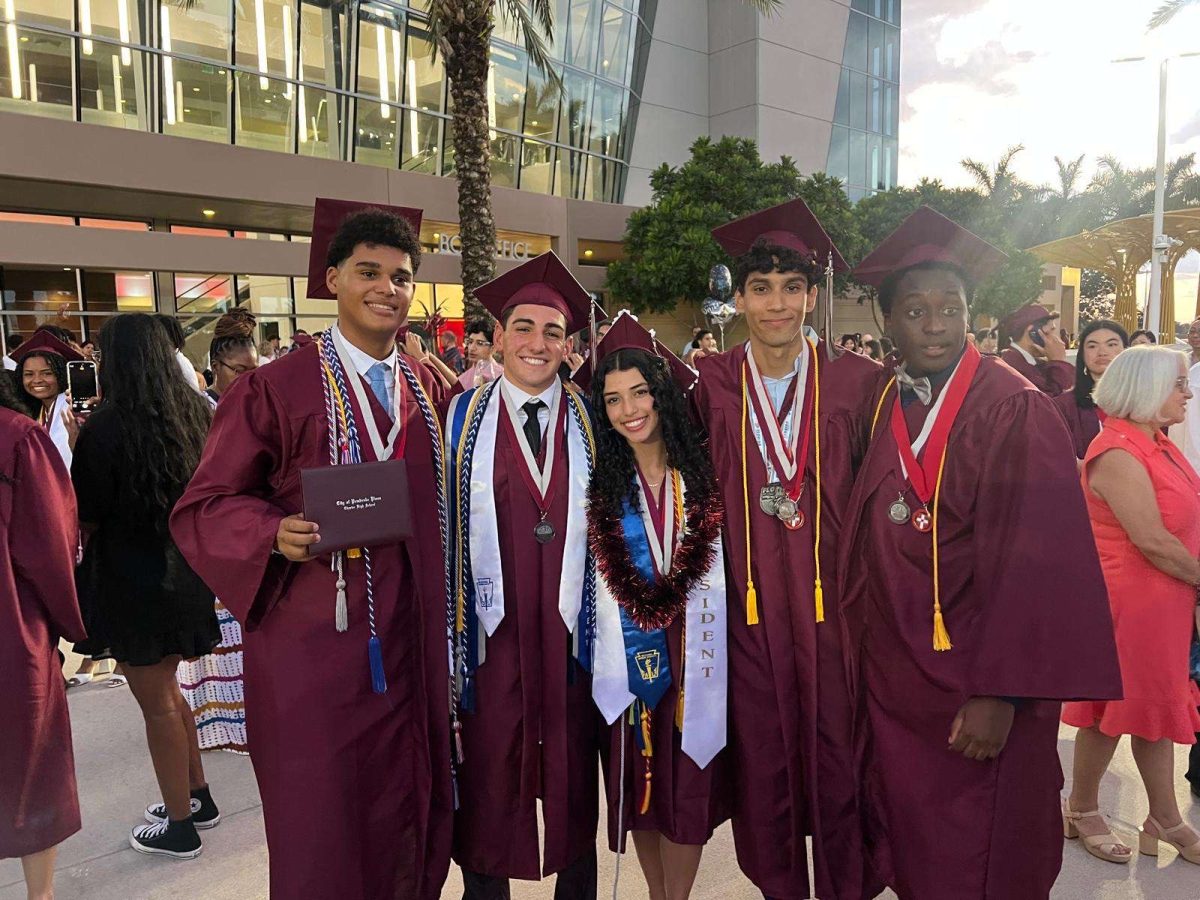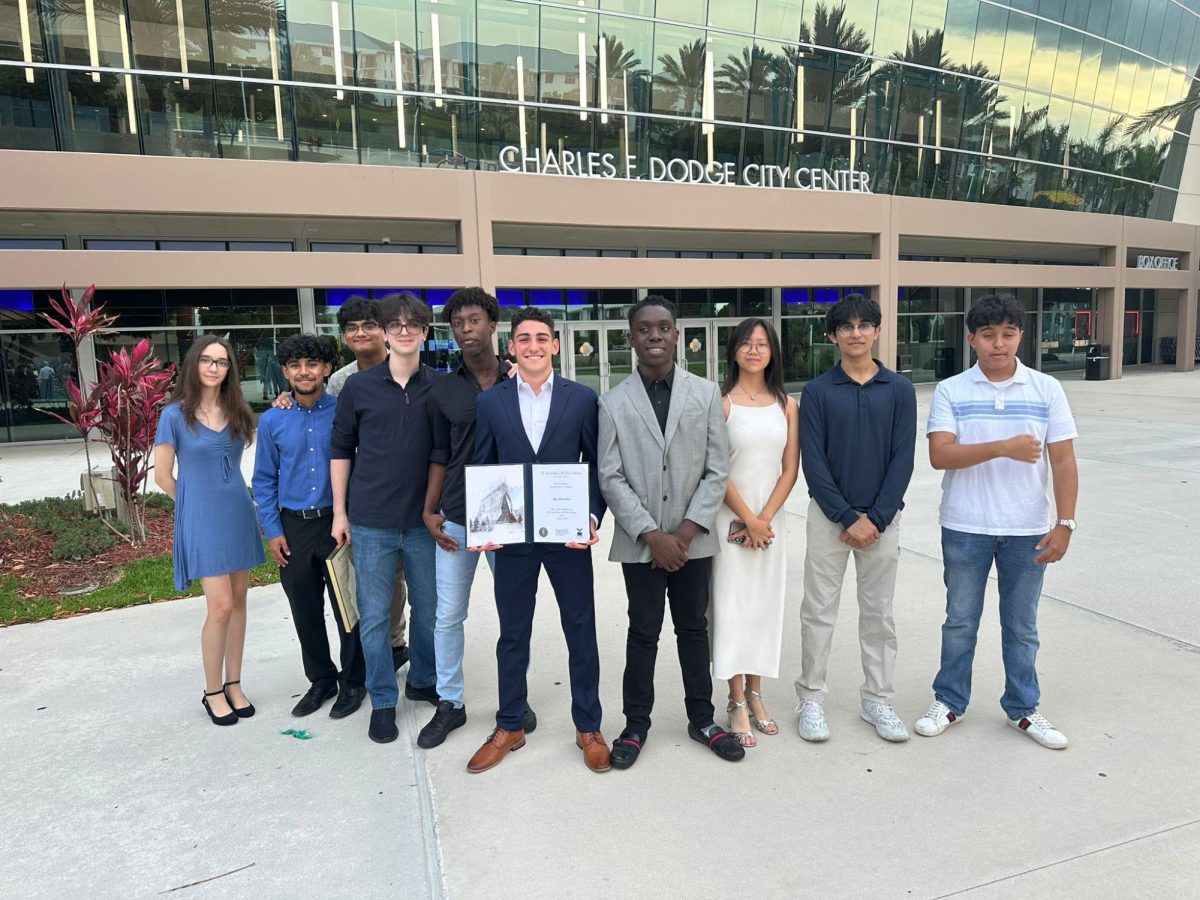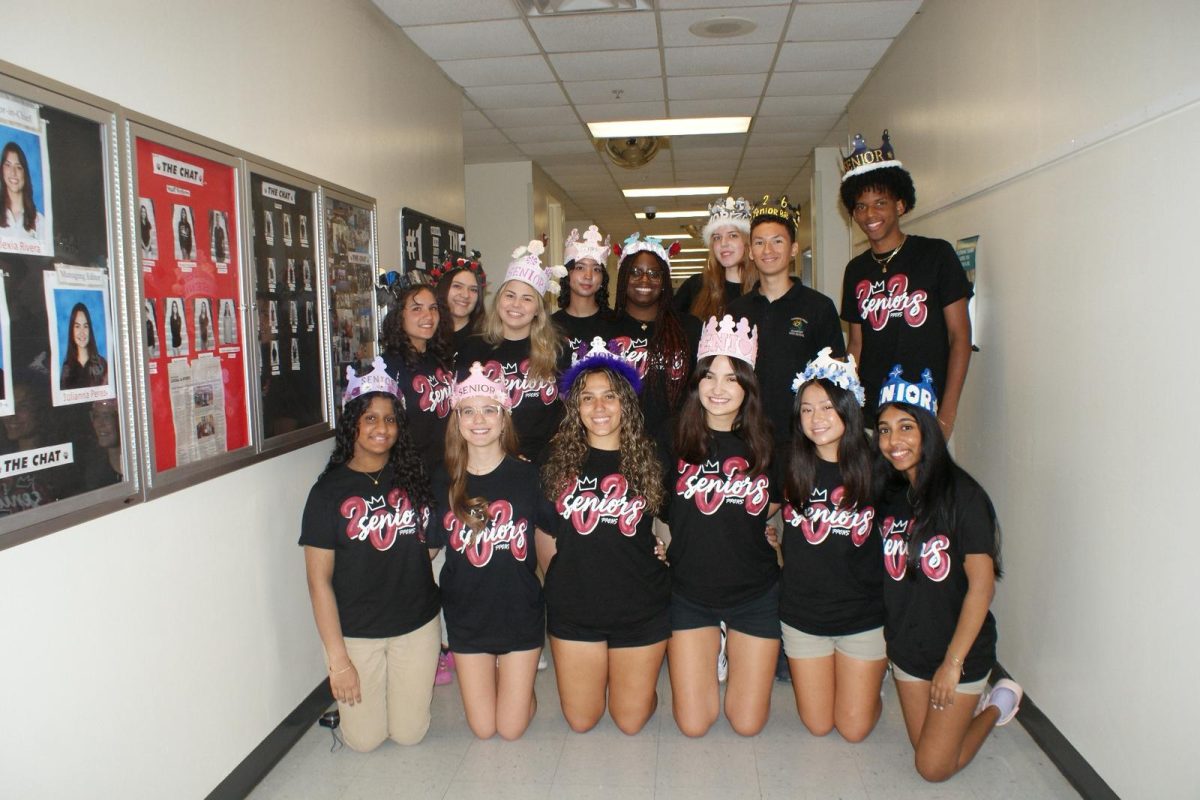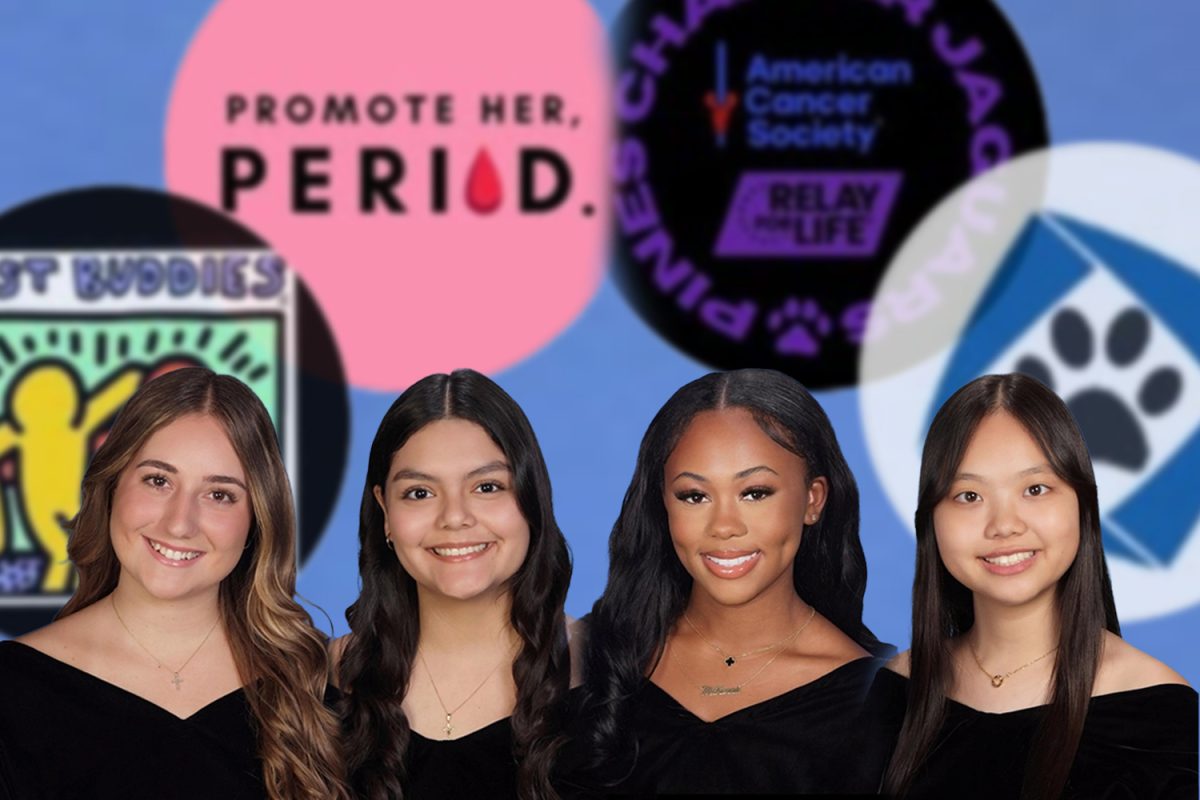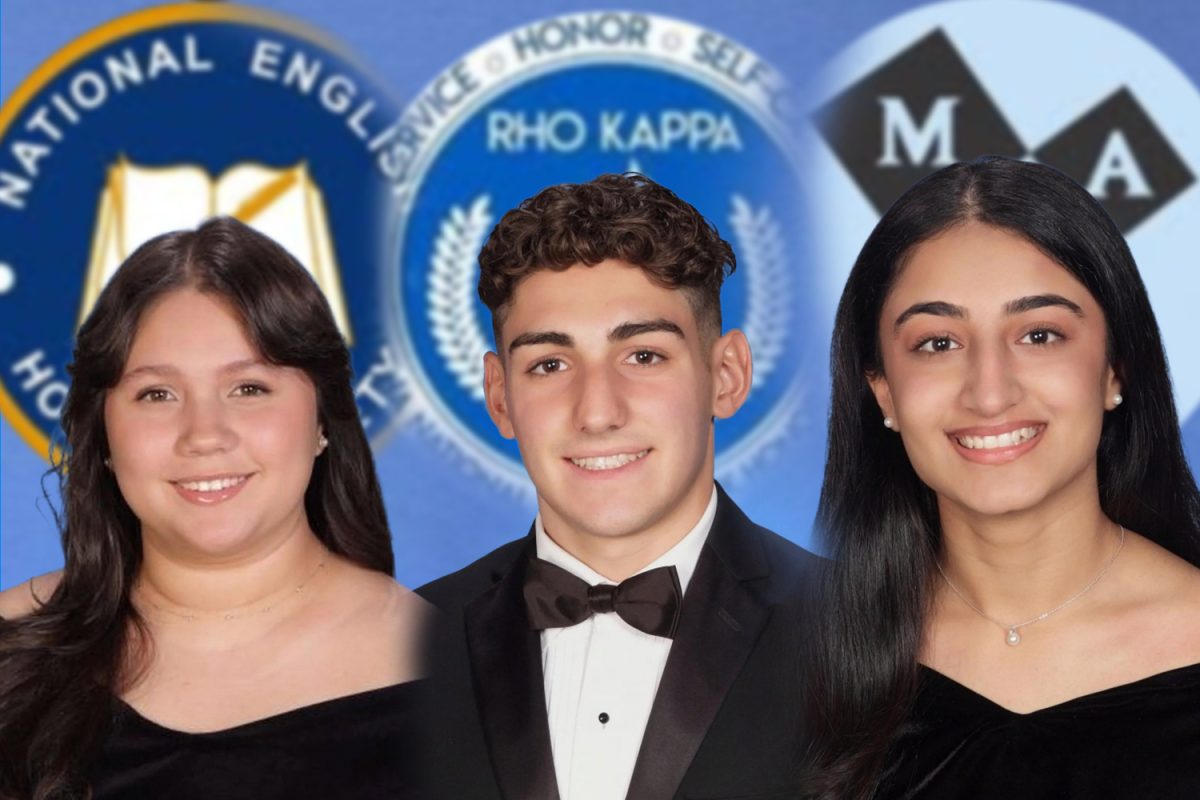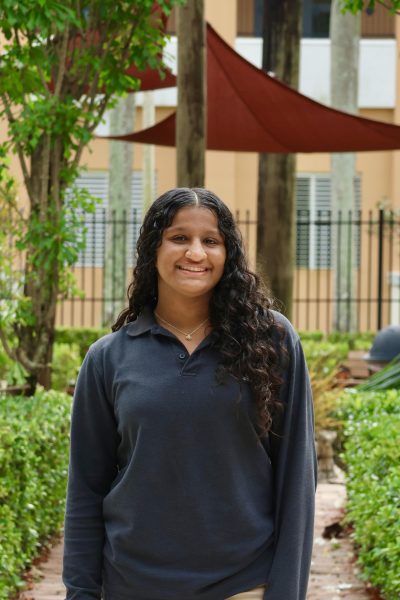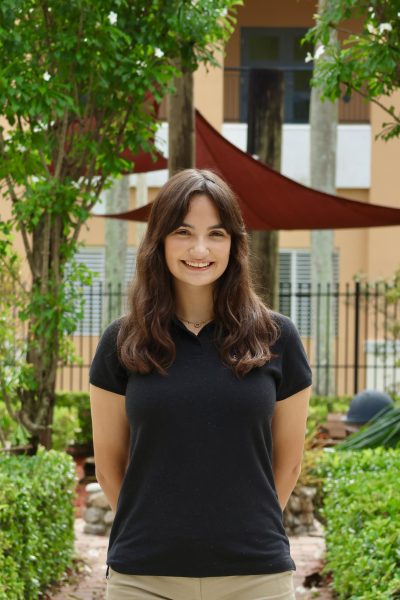As the cold and breezy winds start to disappear and turn warm, it was nature’s clue that spring is on its way. During spring, the perfect day is to sit by the beach or pool with ice cream in your hand, enjoying the sun. To say goodbye to winter, the Science National Honor Society (SNHS) hosted a-learn-how-to-make-your-ice-cream event. In this event, they taught students a simple way on how to make ice cream with ingredients they have in their house, such as ice, vanilla extract, milk, and, of course, delectable toppings!
The club came up with this idea because they wanted to have a more interactive and fun meeting with the members so that they could visualize the science of how ice cream forms in an intriguing way. Senior and president of SNHS, Valerie Glen, shares, “We wanted to do something fun with the members, but as we were deciding, we got quite hungry and came across the idea of making homemade ice cream. We found this to be a great event because of the reaction behind the ice and mixture lowering the freezing point to obtain delicious ice cream.”
To start with, SNHS prepared for this event by giving an introduction on how to make ice cream and the science behind it so students got to learn enjoyably. The club members started by pouring milk and a few drops of vanilla extract into a small Ziploc bag and then adding it into another big Ziploc bag with ice and salt. They were then told to continuously shake it until the milk was in a solid state. Many of the club members enjoyed this part the most, such as senior Janessa Montilla, who commented, “My favorite part of the event was when we all shook our bags of milk together. It was extremely fun because we were all working together, laughing, and helping each other make the ice cream.”
After shaking the milk for a while to try and change it from a liquid to a solid state, some students were successful, and others were not. To change the milk to a solid state it depended on how much milk the students added and some had too much. “An interesting moment during the event was when very few people were able to make their ice cream. I tried hard to get the ice to cover the milk, but my ice cream never formed and just stayed in a liquid state,” explained Janessa. After everyone looked at the state of their milk mixture, they poured it into a bowl. Now it was finally the moment all the students had been waiting for: decorating and devouring their ice cream!
“Doing events like these with my friends makes science more fun because it helps me tie it with memories and I love the hands-on approach because it helps me learn the science behind it way easier!” expressed Leanne Sorensen. With that being said many of the club members found this event to be extremely entertaining and intriguing because of the hands-on approach. So, in the end, this event grabbed students’ attention while also helping them learn the scientific process of ice cream more easily while making more memories with their friends and enjoying a sweet treat!
